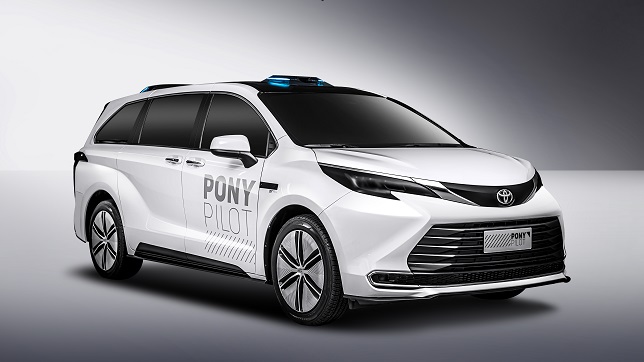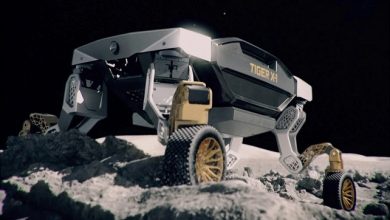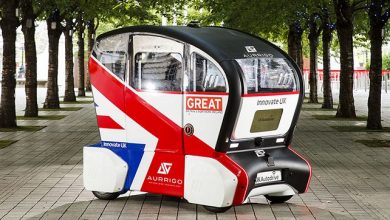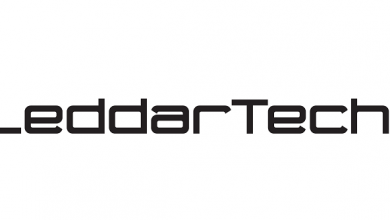Pony.ai debuts its 6th generation autonomous driving system design

Pony.ai debuted its 6th generation autonomous driving (AD) system, with leading-edge sensors, NVIDIA DRIVE computing platform solutions, and styling and design features for L4 automotive-grade mass production fleets. The first model equipped with this system, Toyota S-AM, a seven-seat hybrid electric platform for autonomous mobility, will start road testing in China this year and be deployed within Pony.ai’s public-facing robotaxi operations in the first half of 2023.
“Pony.ai was founded with the guiding principle of leading the way to mass deployment of AD technology. We have accumulated more than 10 million kilometers of autonomous mileage worldwide on open roads and throughout 2022, we will continue to invest in our leading R&D and global robotaxi operations,” said James Peng, co-founder and CEO of Pony.ai. “The introduction of the world-class Toyota S-AM into the PonyPilot+ fleet represents another major achievement of the deep strategic cooperation between Pony.ai and Toyota. Furthermore, Pony.ai’s new generation of autonomous driving systems powered by NVIDIA and designed for L4 automotive-grade mass production, as showcased on the S-AM, will further prove the safety and technical reliability – and promote the large-scale application – of AD technology,” he added.
Pony.ai started to develop the self-driving capabilities for the S-AM China model together with Toyota as early as 2019. Through extensive engineering and testing, Pony.ai believes this highly customized S-AM – with its dual redundancy system – will provide us with better functionality and control performance for Level 4 AD development. In addition, as an MPV model, the S-AM has a flexible riding configuration to meet numerous family and professional usage scenarios.
Pony.ai’s next-generation AD system for automotive-grade mass production has leading sensor and computing capabilities. This new generation is a revolutionary step forward, with upgrades in every aspect.
“Designed for automotive-grade mass production, the new autonomous driving system is a major breakthrough in software, computing capability and redundancy. Pony.ai has again demonstrated its technical strength through the successful launch of this new system and is another significant step toward mass production,” said Pony.ai co-founder and CTO Tiancheng Lou.
The sensor solution, containing a total of 23 sensors, includes four solid-state LiDARs on the roof, covering a 360° field of view; three near-range LiDARs on the body of the vehicle, covering the blind spots of the roof LiDARs; four millimeter-wave radars located at the corners of the roof; one long-range forward-facing millimeter-wave radar, and 11 cameras deployed around the roof and body of the vehicle (in a combination of wide angle, super wide angle, middle and long-range, and traffic light detection cameras).
The central mechanical LiDAR has been replaced with solid-state LiDARs. The self-developed traffic light camera has a resolution rate 1.5 times that of the previous generation. Coupled with its in-house Sensor Fusion technology, Pony.ai will significantly reduce the cost associated with the solution by utilizing mass-produced, automotive-grade sensors.
Pony.ai is also introducing its next-generation mass-production autonomous computing unit, using the NVIDIA DRIVE Orin. This builds on Pony.ai and NVIDIA’s relationship, which dates back to 2017 when the company first adopted the NVIDIA DRIVE platform. Pony.ai’s autonomous computing unit features low latency, high performance, and high reliability. The company is one of the first in the autonomous vehicle industry to create a product portfolio featuring multiple configurations with one or more DRIVE Orin processors and automotive-grade NVIDIA Ampere architecture GPUs. This enables scalable deployment across self-driving trucks and robotaxis, and accelerates Pony.ai’s future of a robust, mass-production platform for autonomous vehicles.
Compared with the previous generation computing platform, the new generation is expected to have greater than a 30% increase in computing power, at least 30% less weight, and more than a 30% reduction in cost.
The new generation system has complete redundancy in place, which maximizes safety and enables the vehicle to pull over or stop safely in case of an emergency.
Exclusive design elements for the Pony.ai Robotaxi fleet
In the S-AM model, Pony.ai is also unveiling a concept design for the new AD system, making the sensor suite more integrated and aesthetically pleasing while also more effective for mass production.
Among other design features, this concept design includes rooftop signaling units which have a horizontal lighting unit on the front and three vertically placed lighting stripes on the rear, to give the vehicle an elegant futuristic touch. By using different colors and lighting combinations, the rooftop signaling units can provide external communication and interaction, demonstrating the robotaxi’s status and intentions.



